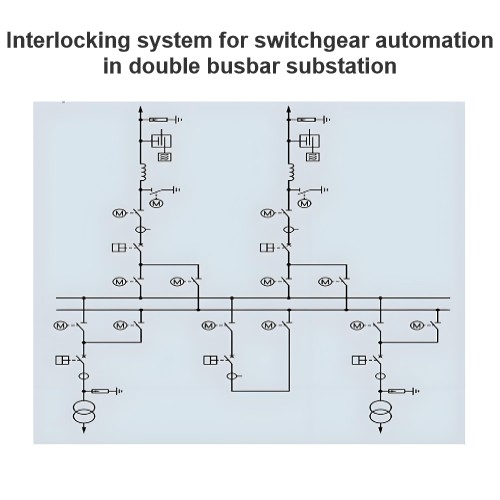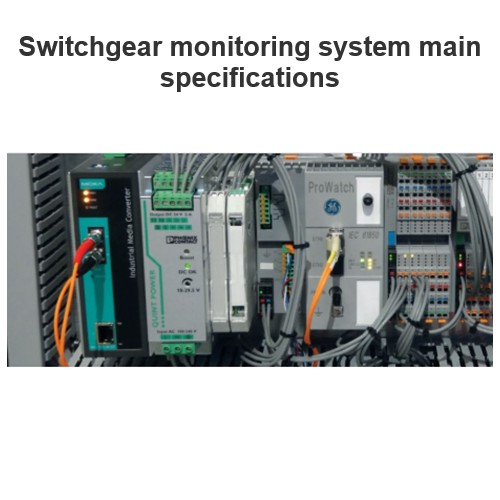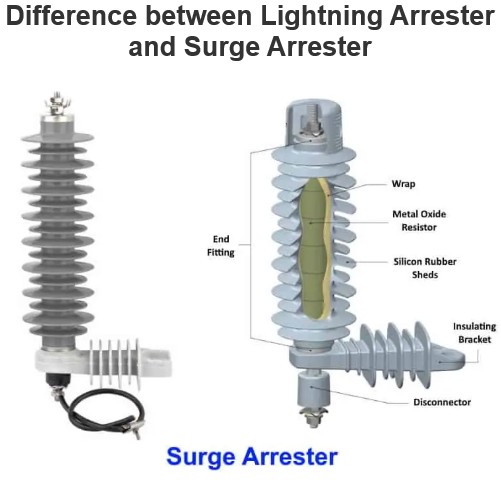Resistive Transducer

Edwiin
05/05/2025
Definition and Function of Resistive Transducers
Definition: A resistive transducer is a type of transducer in which the resistance changes in response to environmental influences. The alteration in resistance can be measured using alternating current (AC) or direct current (DC) measuring devices. This versatile transducer is employed to measure various physical quantities, including temperature, displacement, and vibration.
Measuring physical quantities accurately can be a complex task. Resistive transducers simplify this process by converting physical quantities into variable resistances, which can be easily measured by electrical meters. The principle of resistance variation has found extensive applications in numerous industrial settings, enabling precise monitoring and control of diverse parameters.
Resistive transducers can function either as primary or secondary transducers. As a primary transducer, it converts physical quantities into mechanical signals. In its role as a secondary transducer, it directly transforms these mechanical or other input signals into electrical signals, facilitating further processing and analysis.
Example: Sliding Resistive Transducer
Consider the circuit of a sliding resistive transducer, as depicted in the figure below. In this setup, sliding contacts are positioned on a resistive element. The slider is designed to move horizontally. As the slider moves, it modifies the resistance value of the transducer's resistive element. This change in resistance is then detected and measured by a voltage source labeled as E. This simple yet effective mechanism demonstrates how resistive transducers can translate mechanical movement (a form of displacement) into an electrical signal that can be quantified and utilized for various purposes, such as position sensing in automated machinery or control systems.

Resistive Transducers: Signal Conversion, Advantages, and Working Principle
Signal Conversion
Signal Conversion
In a resistive transducer, the displacement of the slider is effectively transformed into an electrical signal. This conversion process allows for the quantification and analysis of physical movements, making resistive transducers highly useful in a wide range of measurement applications.
Advantages of Resistive Transducers
Resistive transducers offer several notable benefits that contribute to their widespread use across various industries:
- Versatile Measurement Capability: Both alternating current (AC) and direct current (DC) systems, whether utilizing current or voltage, are well - suited for measuring the variable resistance of these transducers. This adaptability enables seamless integration with diverse electrical setups, facilitating easy incorporation into existing measurement and control systems.
- Rapid Response: Resistive transducers are characterized by their quick response times. They can swiftly detect and react to changes in the measured physical quantity, providing near - instantaneous feedback. This rapidity is crucial in applications where timely and accurate measurements are essential, such as in dynamic monitoring and control systems.
- Wide Range of Options: Available in an extensive array of sizes, resistive transducers can be tailored to fit various spatial constraints and application requirements. Additionally, they offer a broad resistance range, allowing for the measurement of a wide spectrum of physical quantities with different magnitudes. This versatility in size and resistance range makes them a flexible choice for numerous engineering and scientific applications.
Working Principle of Resistive Transducers
The operational principle of resistive transducer elements is grounded in the fundamental relationship between electrical resistance, conductor length, and conductor cross - sectional area. Specifically, the resistance of the transducer element is directly proportional to the length of the conductor and inversely proportional to its cross - sectional area. As physical changes, such as displacement or temperature variations, act upon the transducer, they cause corresponding alterations in the length or cross - sectional area of the resistive element. These changes, in turn, result in modifications to the resistance value, which can be measured and correlated to the original physical quantity being monitored.

Where R – resistance in ohms.
- A – cross-section area of the conductor in meter square.
- L – Length of the conductor in meter square.
- ρ – the resistivity of the conductor in materials in ohm meter.
The resistive transducer is designed by considering the variation of the length, area and resistivity of the metal.
Applications of Resistive Transducers
Resistive transducers play a pivotal role in various fields due to their ability to convert physical quantities into electrical signals by leveraging changes in resistance. Here are some of their key applications:
Potentiometers
Both translational and rotatory potentiometers are prime examples of resistive transducers. In these devices, as the position of the wiper (the sliding contact) changes, the effective length of the resistive element traversed by the electrical current varies accordingly. Since resistance is directly proportional to the length of the conductor (as per the formula R =ρL/A), this variation in length results in a corresponding change in resistance. This characteristic makes potentiometers highly effective for measuring displacement, whether it is linear movement in the case of translational potentiometers or angular rotation in rotatory potentiometers. They are commonly used in applications such as joysticks for gaming consoles, position sensors in robotic arms, and volume control knobs in audio equipment.
Strain Gauges
Strain gauges utilize the piezoresistive effect, where the resistance of the semiconductor or metallic material within the gauge changes when mechanical strain is applied. When an external force causes deformation or strain on the material of the strain gauge, it alters the physical structure at the atomic level, which in turn modifies the electrical resistance. By precisely measuring this change in resistance, engineers can accurately determine parameters such as pressure, force, and displacement. Strain gauges are extensively employed in industries like aerospace for aircraft structural health monitoring, in automotive engineering for measuring forces on engine components, and in civil engineering for assessing the stress on bridges and buildings.
Resistance Thermometers
Also known as Resistance Temperature Detectors (RTDs), resistance thermometers operate on the principle that the electrical resistance of metals changes predictably with variations in temperature. Different metals exhibit specific temperature - resistance characteristics, and by calibrating the resistance - temperature relationship, these devices can provide highly accurate temperature measurements. RTDs are favored in applications where precise temperature control is crucial, such as in industrial manufacturing processes, scientific research laboratories, and climate - controlled environments. They offer excellent stability, repeatability, and a wide measurement range, making them a reliable choice for temperature sensing tasks.
Thermistors
Thermistors are based on the principle that the temperature coefficient of their material varies significantly with temperature. Unlike many metals, thermistors typically have a negative temperature coefficient (NTC). This means that as the temperature increases, the resistance of the thermistor decreases in an inversely proportional manner. Thermistors are extremely sensitive to temperature changes, allowing for rapid and accurate temperature measurements. They are commonly used in applications where compact size, high sensitivity, and quick response times are required, such as in thermostat controls for household appliances, temperature sensors in computer cooling systems, and medical devices for monitoring body temperature.
In essence, the diverse ways in which the resistance of metals and other materials can change in response to physical phenomena form the foundation of resistive transducer applications. This unique property enables the accurate measurement and monitoring of a wide range of physical quantities, making resistive transducers indispensable components in modern measurement and control systems.
Topics












